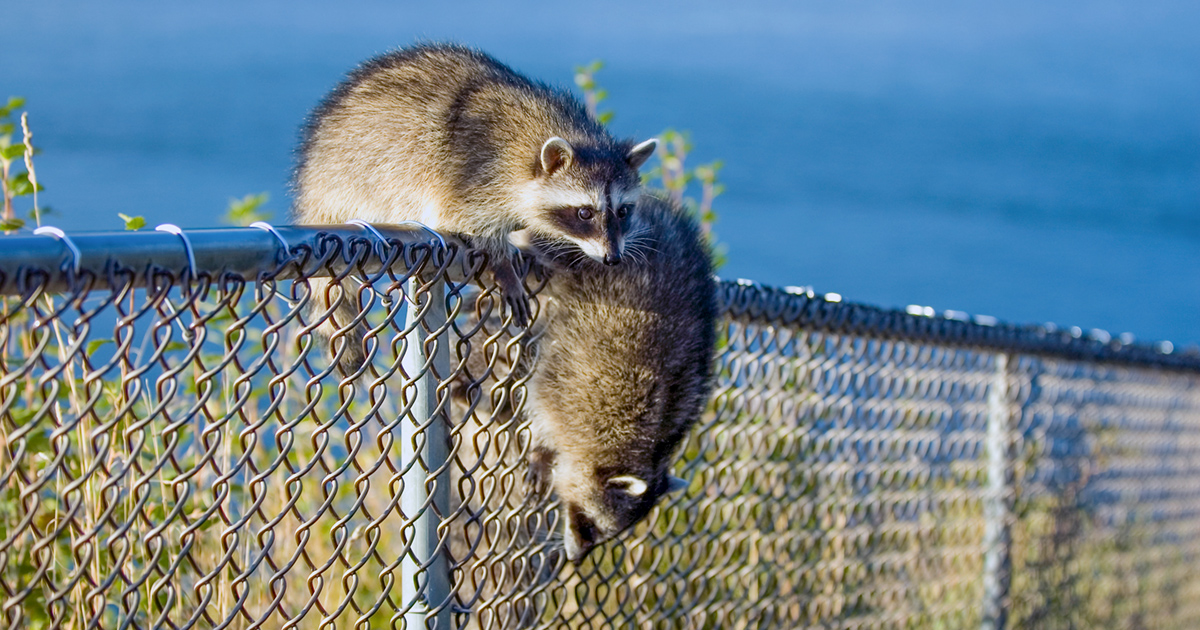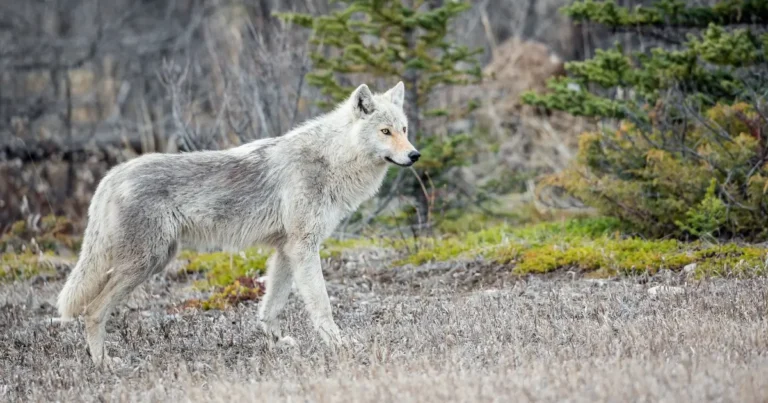
The media can play a role in educating the public about how to mitigate or prevent negative encounters with wildlife, but it means asking a question they seldom do: where’s the food?
In recent cases, whether it is coyotes, raccoons, or bears, media reports negative encounters between wildlife and people as “attacks” on the people. However, with great frequency, these negative encounters begin because the animals are being conditioned to change their behaviour for food rewards.
A family of coyotes directly fed by visitors to a cemetery and lured with food by photographers are being trained to avoid people (and the people educated on the consequences of feeding) by Coyote Watch Canada and the Toronto Wildlife Centre. While the individuals feeding coyotes had no intention of teaching them to approach people seeking food rewards, that’s exactly what they did. Then, when the coyotes approach people seeking food rewards, the humans they encounter may respond inappropriately (running away, screaming, which will encourage nearly any animal to chase), or call for the wildlife to be removed. Despite the fact that they were taught – day after day – to approach people, incidents involving these coyotes were called “attacks.”
A raccoon, clearly disturbed by the presence of a dog and human, tried to chase them away from a kit; footage from this location also appears to show the raccoons seeking food at night, and a barbecue and other outdoor amenities are clearly visible. While the resident who was scratched and bit may not have intentionally fed the raccoons, it’s possible that attractants – outdoor pet food or treats, bird seed, or unsecure garbage – kept them coming back. It’s also possible that a neighbour is feeding directly or indirectly, which will also reinforce the idea that the raccoons should call this spot home.
The coverage of this incident did not include mention or questions regarding feeding, the cause of the behaviour or what residents can do to prevent negative encounters; instead, the “attack” was highlighted numerous times as well as the observations from officials that they won’t remove the raccoons, but a private company may.
Daily, the North Shore Black Bear Society and other bear advocacy groups (including The Fur-Bearers) are pleading with residents to clean up attractants, use secure waste management practices and learn to understand bear behaviour. A single resident feeding or not following attractant bylaws (if they exist), who then doesn’t face any enforcement action, can be a primary factor in the killing of bears in a community by the BC Conservation Officer Service (BC COS).
As soon as a person is involved in a negative encounter or feels frightened, the media promotes this emotional response – and may then not include the information about what led to it, which, as experts agree, is frequently food rewards.
Individual residents, community groups, local governments and the media all have a role to play in keeping wildlife and people safely coexisting. Failing to ask one of the most important questions – why is this happening – is a failure of a vital, informed media for the public.
